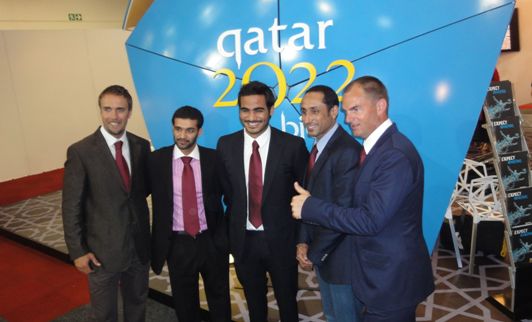Uf widerluege, Hans Klaus!
LAUSANNE. Dass ich Hans Klaus demnächst als FIFA-Kommunikationsdirektor verabschieden müsste, war mir spätestens vergangene Woche klar. Denn ich habe ihn vermisst in Südafrika. Derart wichtige Veranstaltungen ohne Mitwirkung des PR-Chefs? Undenkbar.
Ich verstehe Nicolas Maingot völlig, dass er mir nicht die Wahrheit gesagt hat, als ich ihn nach dem Verbleib von Hans Klaus gefragt habe. Nicolas Maingot wurde nun vom Mediendirektor zum Direktor Kommunikation und Öffentlichkeitsarbeit ernannt. Denn Hans Klaus hat sich verabschiedet, wurde verabschiedet – in Sepps Reich ist das eigentlich egal.
Die FIFA-Pressemitteilung ist wunderbar formuliert, ein Kleinod:
FIFA und Direktor Kommunikation und Öffentlichkeitsarbeit gehen getrennte Wege
Wie heute bekannt wurde, haben sich die FIFA und ihr Direktor Kommunikation und Öffentlichkeitsarbeit getrennt. Grund waren unterschiedliche Ansichten bei der Kommunikationsstrategie.
Die FIFA dankt Hans Klaus für seinen Einsatz für die FIFA und wünscht ihm für seine Zukunft alles Gute.

 Robben Island Begrüßungskomitee[/caption]
Robben Island Begrüßungskomitee[/caption]
 Jabulani und seine Freunde[/caption]
Jabulani und seine Freunde[/caption]
